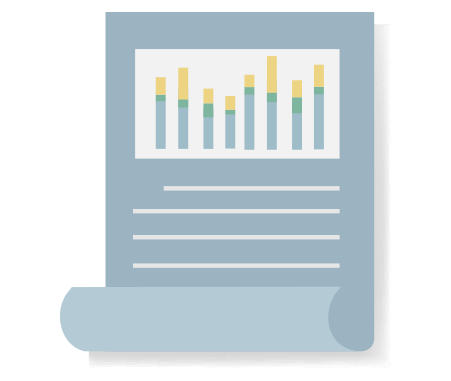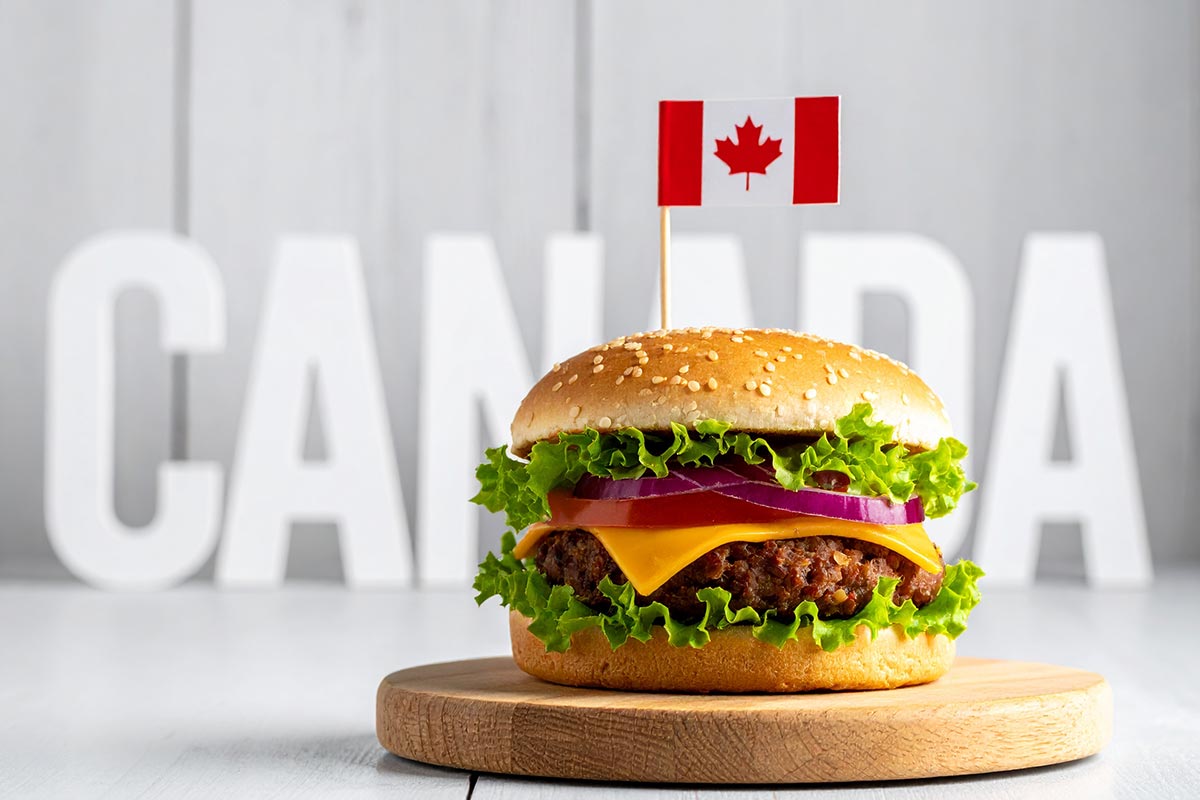Designed by Freepik
This is our inaugural industry benchmark release. Leaders have asked a simple question: what does a good NPS look like in my category? With npsBench, we decided to answer it at scale. Below you will find the first global baseline of Net Promoter Score by industry, built from a very large corpus of public signals and normalized with a single, transparent methodology.
Use these as reference points. They are not a replacement for your own relationship or transactional NPS. They give you context so your goals and trends make sense.
And the winners are...
All values use the standard NPS scale from −100 to +100. The company count is the number of distinct brands included in that category’s average. Counts vary by industry size and coverage.
| Industry | NPS (Nov 2024) | Companies analyzed |
| Luxury Goods | 84 | 136 |
| Consumer Services | 71 | 188 |
| Sports Teams and Leagues | 76 | 141 |
| Hotels and Resorts | 55 | 174 |
| Airlines | 31 | 122 |
| Restaurants, Full Service | 43 | 200 |
| Quick Service Restaurants | 35 | 186 |
| Supermarkets and Grocery | 30 | 179 |
| Apparel | 44 | 193 |
| Consumer Electronics | 56 | 168 |
| General Retail, Multicategory | 51 | 191 |
| Cosmetics and Beauty | 46 | 171 |
| Packaged Food and Beverage | 49 | 157 |
| Automotive Dealers and Service | 45 | 162 |
| Car Manufacturers | 52 | 125 |
| Internet Service Providers | 12 | 128 |
| Entertainment and Streaming | 29 | 147 |
| Energy and Utilities | 14 | 121 |
| Fintech and Digital Banking | 53 | 152 |
| B2B SaaS: Core Apps | 58 | 133 |
How to read these datas ?
A specialty retailer in Apparel with an NPS of 50 is outperforming its industry baseline by 6 points. An ISP at 25 is strong for its sector even if 25 would be mediocre in Consumer Electronics. Context is everything.
What stands out in 2024
Luxury and Sports continue to dominate
Highly emotional categories with strong brand affinity keep pulling ahead.
Service‑heavy sectors show wide spreads
Hotels, B2B SaaS, and Consumer Services are sensitive to experience design and post‑purchase support, so leaders can leapfrog peers quickly.
Infrastructure categories remain challenging
ISPs and Utilities sit at the bottom. Expectations rise faster than service improvements, which compresses scores.
Restaurants split into two stories
Full service runs higher than quick service where speed, consistency, and price sensitivity weigh more heavily on ratings.
Methodology
I will keep it plain and technical so you can audit the approach.
Data window
Rolling 12 months ending 31 October 2024 to balance seasonality with recency.
Sources and collection
- Multi‑source ingestion through npsBench’s API network across public review platforms, primarily Google, TripAdvisor, and Yelp. For some categories we augment with category‑specific sources where coverage quality passes our thresholds.
- Entity resolution maps locations to brands, brands to parent companies, and locations to cities, states, and countries.
From reviews to NPS
- We infer Promoters, Passives, and Detractors using a two‑signal model: a calibrated star‑to‑NPS crosswalk by industry and NLP sentiment and intent on the free‑text to correct for rating inflation or sarcasm.
- Example crosswalk backbone: 5‑star with positive sentiment → Promoter, 4‑star or mixed sentiment → Passive, 1 to 3‑star or negative sentiment → Detractor. The classifier is tuned per industry with holdout validation against known survey NPS where available.
Aggregation and weighting
- Location‑level predictions roll up to brand‑level NPS with weights proportional to unique reviewer count per location.
- Industry baselines are computed as a trimmed mean of brand NPS within the category with a 5 percent trim on each tail to reduce the impact of extreme outliers and review fraud.
- Geographic balancing: we cap any single country at 40 percent of an industry’s weight so one market cannot dominate a global baseline.
Quality controls
- De‑duplication of mirrored listings and retired locations.
- Burst and bot detection: time‑series anomaly checks, reviewer overlap graphs, and text similarity scoring.
- Confidence intervals are computed per brand using a multinomial approximation. We require minimum effective sample thresholds before a brand contributes to an industry baseline.
Coverage
Company counts in the table refer to distinct brands per industry. Total location coverage is much larger. At the combined dataset level we process tens of millions of public reviews across thousands of cities each year.
Why so much rigor? Because benchmarks are only useful if they are defensible. This is where npsBench is different: local, national, and industry lenses built on the same data spine so your comparisons line up cleanly.
How to use these benchmarks
- Anchor your goal to your sector, not a generic number. A 50 in B2B SaaS means something different than a 50 in Grocery.
- Track percentile rank by city as well as national. Your national NPS might be average while your Paris or Toronto footprint is top quartile.
- Decompose by journey. If your relationship NPS beats the industry but your post‑support NPS lags, you know where to invest.
- Watch mix shifts. If you expand into regions where the industry baseline is lower, your headline NPS may drop even if experience quality holds steady.
FAQ
Why didn’t you include every category from 2022?
Two reasons: we focus each edition on categories with strong, stable coverage, and we consolidated a few labels to reflect how customers shop today. Tobacco and some tightly regulated segments were excluded due to limited public signals.
What does the company count represent?
Distinct brands contributing to that industry’s trimmed mean. Each brand often contains many locations or product lines.
Can I get a local view for my city or for a niche category?
Yes. Our platform supports local, national, and industry slices using the same pipeline, so custom cuts are straightforward.








